
I read a fair amount these days. I do it strictly for pleasure which frees me to take my time and explore a wide range of topics. While not everything I read is about investing, I find many to have relatable themes. Below is a catalog of books and papers that I consumed over the past year. For a running list of my top recommendations visit the Favorite Reads page and see prior years’ lists here.
Books
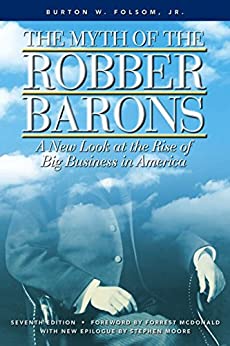
The Myth of the Robber Barons:
A New Look at the Rise of Big Business in America
by Burton W. Folsom
Burton Folsom details the business activities of several well-known entrepreneurs in his book The Myth of the Robber Barons. He challenges the conventional wisdom that businessmen near the turn of the 20th Century succeeded by exploiting an unwilling public. Folsom divides the group into two categories: market entrepreneurs and political entrepreneurs. He shows how political entrepreneurs did, in fact, act in this way. Using special favors, they mobilized the power of government to take advantage of people. However, many did not. Market entrepreneurs like Cornelius Vanderbilt, John D. Rockefeller, James J. Hill, Andrew Mellon, Charles Schwab, and the Scranton family made their fortunes via voluntary, win-win transactions, building the U.S. into a major economic power along side.
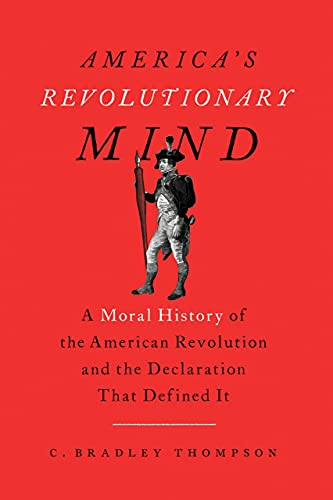
America’s Revolutionary Mind:
A Moral History of the American Revolution and the Declaration That Defined It
by C. Bradley Thompson
In America’s Revolutionary Mind, C. Bradley Thompson describes how the American Revolution was much more than a war. It was the culmination of a major shift in mindset. Using the founders’ own words, Thompson shows how the American Revolution was a moral revolution as much as it was a political one. The radical ideas that permeated throughout the colonists’ “American mind” developed before 1776, leading to revolution.
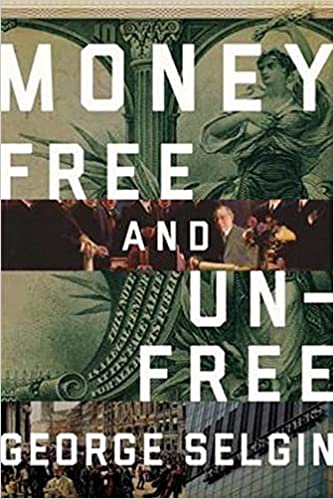
Money:
Free and Unfree
by George Selgin
Money, is a collection of essays primarily written on the “free banking” era in the U.S. George Selgin and others discuss a variety of monetary issues in this little-known period when currencies were issued by private, competing banks in the absence of a central bank. Money’s essays profoundly impacted my views of banking, money, and regulation. In fact, I owe the founding of this blog to some that I had previously encountered.
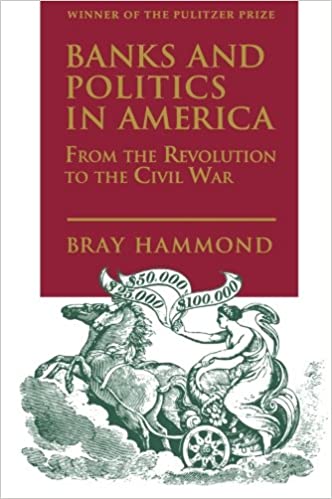
Banks and Politics in America:
From the Revolution to the Civil War
by Bray Hammond
Bray Hammond masterfully details how politics influenced the creation of America’s banking industry in Banks and Politics in America. The Founders modeled it on England’s, inextricably linking banks to politics from the start. While Banks and Politics in America is extremely well-researched and truly fascinating, I found it hard to read at times. I would have preferred a shorter and less-detailed overview.
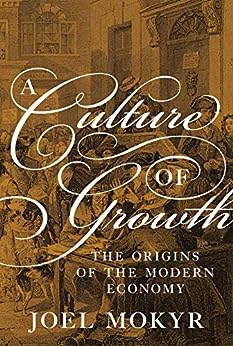
A Culture of Growth:
The Origins of the Modern Economy
by Joel Mokyr
In A Culture of Growth, Joel Mokyr explains his theory for what caused the Industrial Revolution. Combining ideas from economics and cultural analyses, he shows how and why specific conditions in Europe—and nowhere else— laid the foundations of our modern economy. Unlike other theories, the role of ideas feature prominently in Mokyr’s analysis creating compelling arguments.
Papers
Quantitative Investing
Volatility Spreads and Expected Stock Returns, by Turan G. Bali and Armen Hovakimian, 2007.
Economics
Have Monetary Policies Failed?, by Milton Friedman, 1972.
A Simple Framework to Monitor Inflation, by Adam Hale Shapiro, 2022.
Decomposing Supply and Demand Driven Inflation, by Adam Hale Shapiro, 2022.
Lessons From the American Experience With Free Banking, by Hugh Rockoff, 1989.
Portfolio Management
Should Your Portfolio Protection Work Fast or Slow?, by AQR Portfolio Solutions Group, 2022.
Sharpening the Arithmetic of Active Management, by Lasse Heje Pedersen, 2018.
Fixed Income
What Do We Know About Corporate Bond Returns?, by Jing-Zhi Huang and Zhan Shi, 2021.
Equities
Other
If you enjoyed this article please consider sharing it with others.
